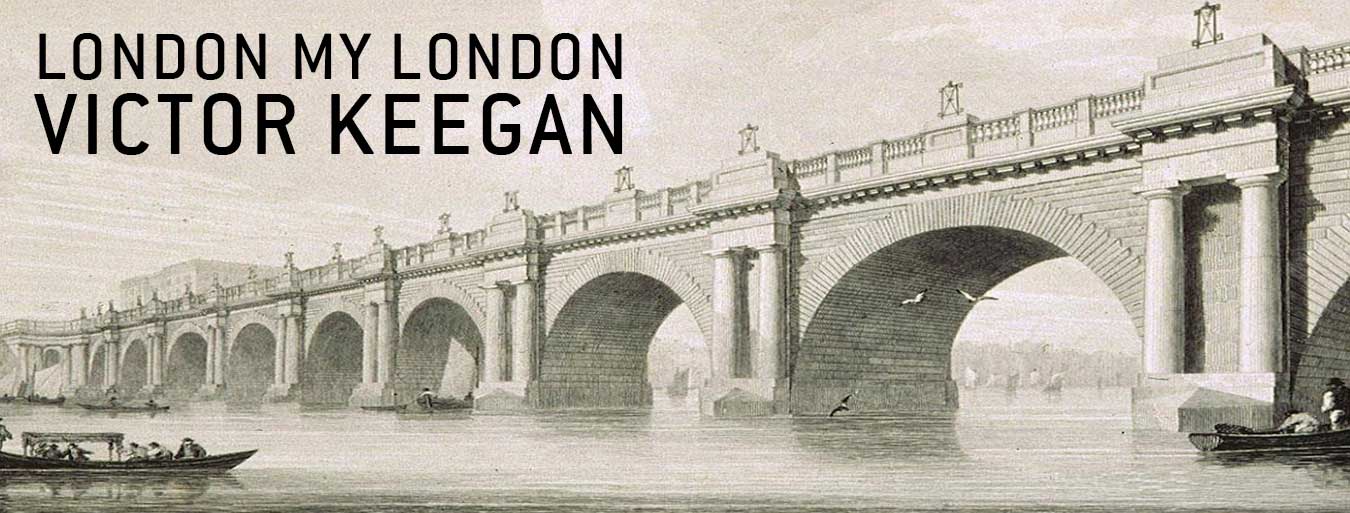Those archaeologists at the Museum of London certainly know how to keep a secret. As soon as I learned of the discovery of the remains of The Curtain theatre this morning I scurried across to Shoreditch to see for myself. Too late. The remains (above, left) had already been filled in (above, right) to a depth of ten feet!. Earlier I had asked the guy in the cafe in Hewett Street almost next door (where a plaque has been on the wall for years) where the excavations were and he hadn’t even heard of the dig. The archaeologists must have bought their own thermos flasks with them.
The good news is that as a result of a trade off with the developers virtually all of the remains will be preserved for public viewing with exhibition space subject to planning consents. Given that the – much less extensive – remains of The Theatre a couple of hundred yards down Curtain, Road which were discovered three years ago, will also be preserved this means that Shoreditch will rival Bankside as a shrine for original Shakespearean theatres.
The Curtain, named after an ancient road nearby whose existence if not actual location, has been known for a long time was built shortly after The Theatre for which Shakespeare’s company, then called the Lord Chamberlain’s Men, received an exclusive licence in 1594. The Theatre was the second purpose-built theatre in London (ie not just a converted inn yard) and the first with its own company. The Red Lion in Mile End is now known to be the first purpose-built theatre though its exact location is not known.
Shakespeare’s company played at the Curtain for two years from 1597 after The Theatre was dismantled and taken across the Thames to become the guts of the Globe. Romeo and Juliet was first performed at the Curtain and the description of a stage as a “Woodden O” in the prologue to Henry V is now thought to refer to the Curtain not the Globe.
When I researched my app for the iPhone Shakespeare’s London (see right hand side of page I genuinely thought that there wouldn’t be much need to update it. How delighted I am to be proven wrong. This is a major discovery of Shakespearean history and could put Shoreditch on the tourist map for theatre as well as art and digital stuff.


